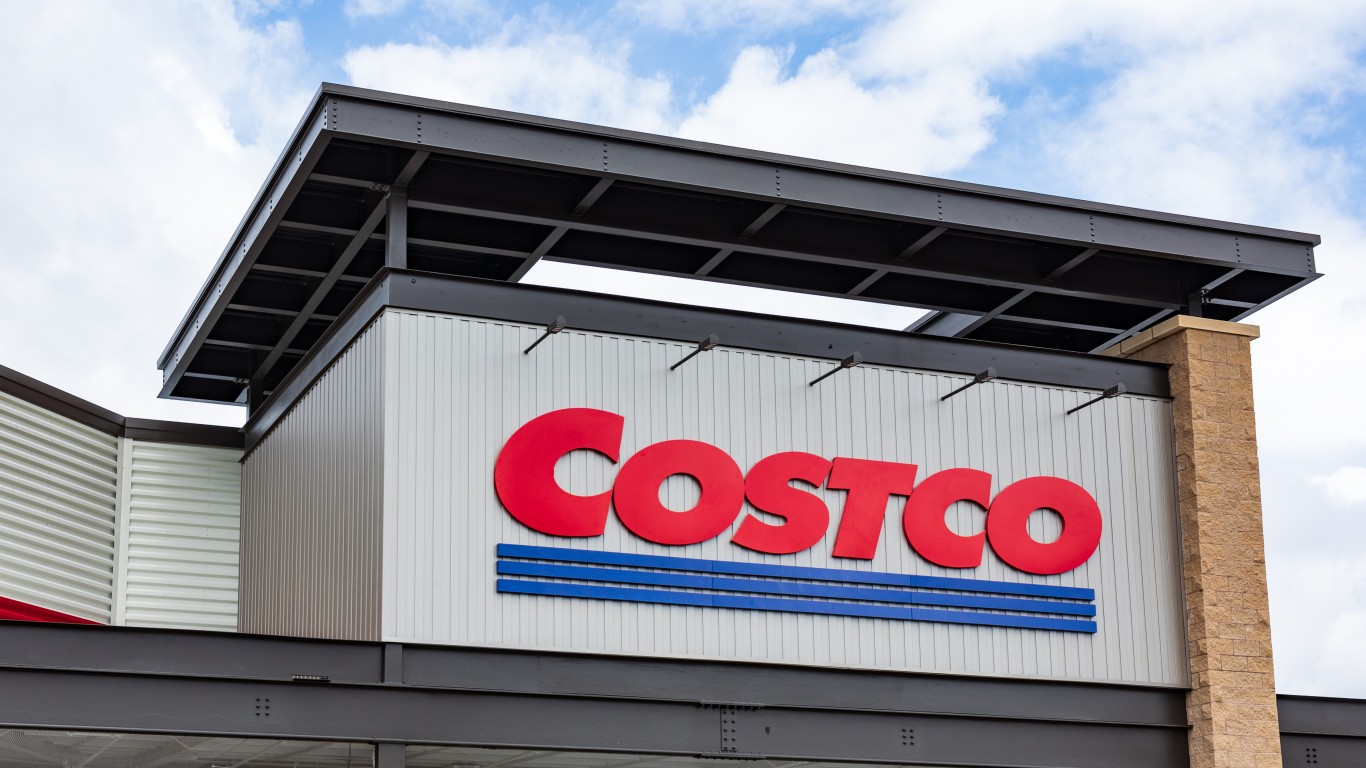
Yet, Wal-Mart’s revenues in the fiscal second quarter totaled $120.3 billion, compared with Amazon’s $23 billion, and Wal-Mart’s operating income totaled $6.07 billion, compared with $464 million at Amazon. Wal-Mart also pays a dividend yield of nearly 3% while Amazon pays no dividend.
One might argue that Wal-Mart is a blue-chip stock and its value is determined by providing steady returns to investors. Amazon is a growth stock, or at least it’s as much a growth stock as it can be after 20 years of selling goods over the Internet.
According to Morningstar, Amazon’s total return to date for 2015 is nearly 65% while Wal-Mart’s total return is a negative 22.8%. In 2014, Wal-Mart’s total return was about 11.6%, compared with a total return at Amazon of negative 22.2%. Over the past five years, Wal-Mart has outperformed Amazon twice, but the value of a $10,000 investment in Amazon would now be worth nearly $38,000 while a similar investment in Wal-Mart would be worth around $14,000.
Since 2010, Amazon has averaged total return growth of more than 25%, compared with 6.7% for Wal-Mart.
Amazon is set to report third-quarter results on October 22, and analysts expect the company to post a net loss of $0.13 per share on revenues of $24.91 billion. Wal-Mart, which reports its third-quarter results on November 17, is expected to report earnings per share of $0.98 on revenues of $117.95 billion.
Can Amazon add another 25% to its share price due to the flubs at Wal-Mart? Amazon’s big advantage is its diversity. The company’s Web services division posted operating income of $391 million last quarter, up from $77 million a year ago. That is practically the definition of a cash printing press. Wal-Mart has nothing like it, and trying to compete with Amazon in online commerce is not a winning strategy. There is little profit there, as Amazon has amply demonstrated.
ALSO READ: 6 Big Companies That Severely Stung Shareholders This Past Week
Wal-Mart has said it is investing some $2 billion in its online business over the next two years, but all that is likely to do is add pressure on profits. Investors judge Wal-Mart as a large and lumbering brick-and-mortar business while Amazon is viewed as a large and nimble technology conglomerate. Which would you rather invest in?
Take Charge of Your Retirement In Just A Few Minutes (Sponsor)
Retirement planning doesn’t have to feel overwhelming. The key is finding expert guidance—and SmartAsset’s simple quiz makes it easier than ever for you to connect with a vetted financial advisor.
Here’s how it works:
- Answer a Few Simple Questions. Tell us a bit about your goals and preferences—it only takes a few minutes!
- Get Matched with Vetted Advisors Our smart tool matches you with up to three pre-screened, vetted advisors who serve your area and are held to a fiduciary standard to act in your best interests. Click here to begin
- Choose Your Fit Review their profiles, schedule an introductory call (or meet in person), and select the advisor who feel is right for you.
Why wait? Start building the retirement you’ve always dreamed of. Click here to get started today!
Thank you for reading! Have some feedback for us?
Contact the 24/7 Wall St. editorial team.



